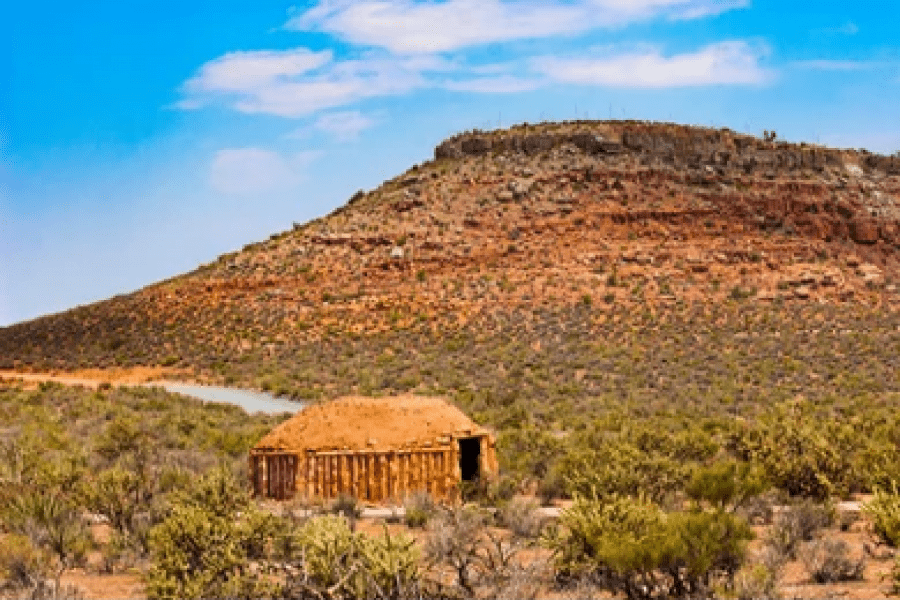Rethinking Centuries-Old Water Rights in the American West: Part I

Water and the Rise of Civilization
Ask most high school students of global history about the rise of early civilizations, and they’ll tell you that they all had something in common: plentiful access to freshwater sources. The Mesopotamians settled at the Tigris and Euphrates Rivers, the Egyptians flourished along the Nile River, and when the Romans expanded cities away from immediate water sources, they engineered aqueducts.
Agriculture is a cornerstone of civilization. It’s what enabled us to settle in one place, eliminating the need to follow our food as hunter-gatherers. Agriculture has allowed us to diversify roles within society and collectively build marvels. Without water, there is no agriculture.
Water Use in the “New” American West
These same principles that have led groups of people to settle in specific areas of the world guided European settlers and American homesteaders as they headed west across the growing United States in the 19th and early 20th Centuries. Some sought to raise cattle, others sought to grow produce, and many sought riches in gold. Regardless, they all needed significant sources of water, and at the time, those sources were readily available.
Like many other elements of American settlement, water was first-come, first-served. You laid claim to what you found. And if you were smart, you settled on land with as much freshwater availability or access as possible.
As territories evolved into individual U.S. states, law was established by those settlers who were there first. Naturally, water use laws were written in their favor.
Generally governed by the state, water allocation has been tested over time in the legal system and beyond. In past eras, the question was, who got what from where? Even after droughts, watersheds were replenished through natural cycles. Today, the question is, is there enough to go around?
Legal Doctrines Governing Water Allocation in the United States
According to the National Agricultural Law Center (NALC), a unit of the University of Arkansas System Division of Agriculture, there are three different water use allocation systems that determine the rights of private persons (which generally includes commercial agriculture) in the United States: the Riparian Doctrine, the Prior Appropriation Doctrine, and a hybrid system.
The Riparian Doctrine evolved in the water-abundant eastern United States. It “limits the use of water to only those landowners with riparian land. In order to be classified as a riparian landowner, the landowner must own the parcel of land adjacent to the watercourse, i.e. a river, stream, lake, or pond, from which the landowner plans to use the water.” This system essentially left those without riparian land in the dust (pun intended). Today, riparian landowners generally need permits for water use, and the system is governed by the state and influenced by the courts.
The Prior Appropriation Doctrine developed as miners settled the American West and needed vast amounts of water for their mining operations. Mining sites were often not adjacent to watercourses, rendering the riparian system irrelevant. So, they employed a “first in time, first in right” system, which evolved into the prior appropriation system, under which the first user has the rights to continue using the water while excluding those who come later.
“The prior appropriation system is based on priority,” according to the NALC. “The most senior appropriator has the highest priority and can defeat all other less senior appropriators in times of shortages. Unlike riparianism, there is no requirement that a senior appropriator use less water in times of a shortage. Water users can take in order of their respective priorities, with each user taking their full appropriative right until the water is gone.”
Some states, like California and Oklahoma, have developed hybrid systems that combine elements from both the riparian and prior appropriation systems.
Drought and Changing Water Rights in the American West
Water supply in the American West has never been more threatened. Megadroughts are worsened by record-breaking temperatures. The June to August 2022 period was the third warmest on record for the West Climate Region, which includes California and Nevada, according to the NOAA NCEI. Looking at average minimum temperatures, July to August 2022 was the warmest ever on record. Rising temperatures have causation and correlation with catastrophic events like droughts and wildfires.
This is particularly concerning in California, where farmers produce over one-third of all vegetables and three-quarters of all fruits and nuts grown in the United States. For decades, scientists have been sounding the alarm on depleting water supplies, which threatens the viability of agriculture in the country’s most important region of production. While the state has begun to address this crisis through policy and changing legislature, the effects of such actions will not be seen for decades.
Legal reform is often spurred by a culmination of dramatic and sometimes catastrophic events. War, famine, recession, and civil unrest, for instance, have spurred new legislation and court decisions that legally change the course of the future. Reform is too often reactive rather than proactive, and water use law is no exception.
Yet actions are increasingly being taken at the grassroots and legislative levels, and agricultural communities are coming together to address current water shortages and to create a more equitable future.
This article is the first in a two-part series examining water rights in the American West. Check out part II where we address recent and ongoing legislative and grassroots changes.
Contact us to learn more about how you can better manage your water resources with smart irrigation technology with Lumo.